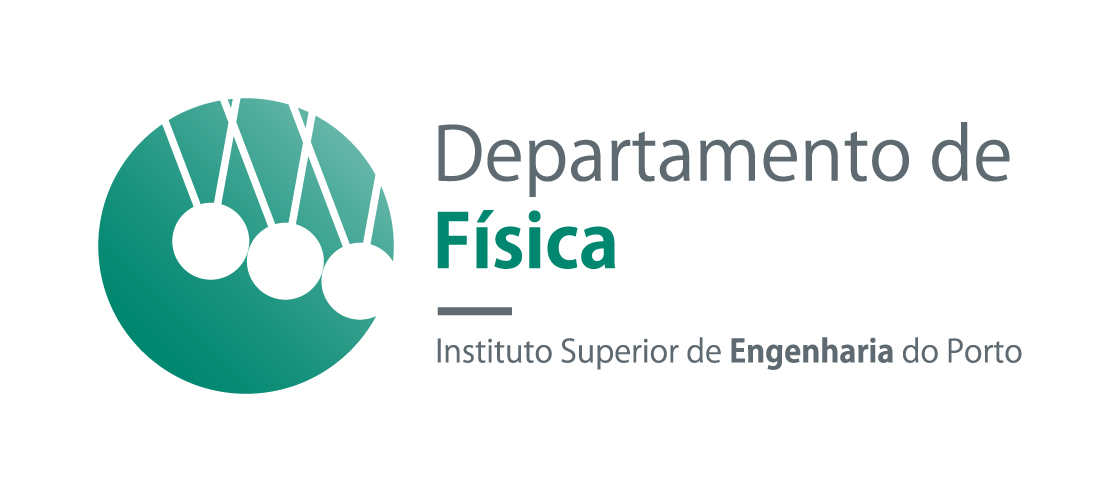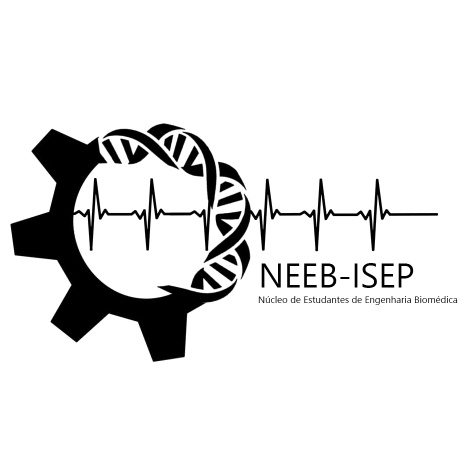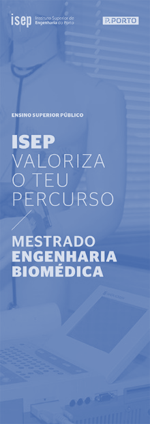 Controlo da velocidade da luz em tecido muscular
Controlo da velocidade da luz em tecido muscular Resumo
Esta palestra enquadra-se nos objetivos do “Ano Internacional da Luz”, iniciativa mundial que visa destacar a importância da luz e das tecnologias ópticas na vida dos cidadãos, assim como no futuro e no desenvolvimento das sociedades de todo o mundo.
The knowledge of the optical properties of biological tissue and their wavelength dependency is very important for clinical applications and related research where optical technologies are to be used. The optical clearing technique is used to reduce light scattering in biological tissues by partially replacing water in the interstitial locations by an agent with higher refractive index, better matched to the index of the other tissue components. The magnitude of the refractive index increase of a tissue under optical clearing is indicative of the efficiency of the treatment. The treatment induces a variation of the refractive index of the interstitial locations, which is related to a variation of tissue scattering coefficient. The absorption coefficient, comparatively, can be considered unchanged during the treatment due to low absorption of used agents in the visible and NIR. By performing thickness and collimated transmittance measurements from muscle samples during optical clearing, we could calculate the variation of the attenuation coefficient through Beer-Lambert equation. From this variation, we have estimated the variation in the scattering coefficient of the tissue and finally the variation in the refractive index of the interstitial locations induced by the treatment. Using this refractive index variation and the variations in the volume fractions of tissue components in the Gladstone and Dale equation, we have calculated the decaying dispersion curve in the range between 400 and 1000 nm for the muscle tissue with the overall temporal increase at optical clearing.
Luís Oliveira![]()
Luís Oliveira é licenciado em Física (ramo de Optoelectrónica e Lasers) pela Faculdade de Ciências da Universidade do Porto. Obteve o grau de Mestre e mais recentemente o de Doutor em Engenharia Biomédica pela Faculdade de Engenharia da Universidade do Porto.




